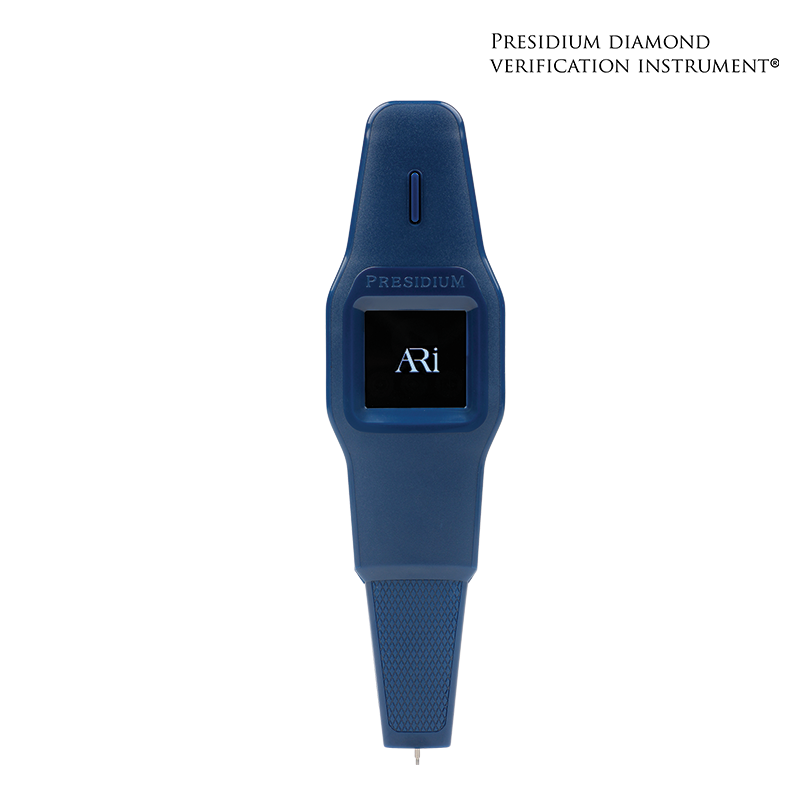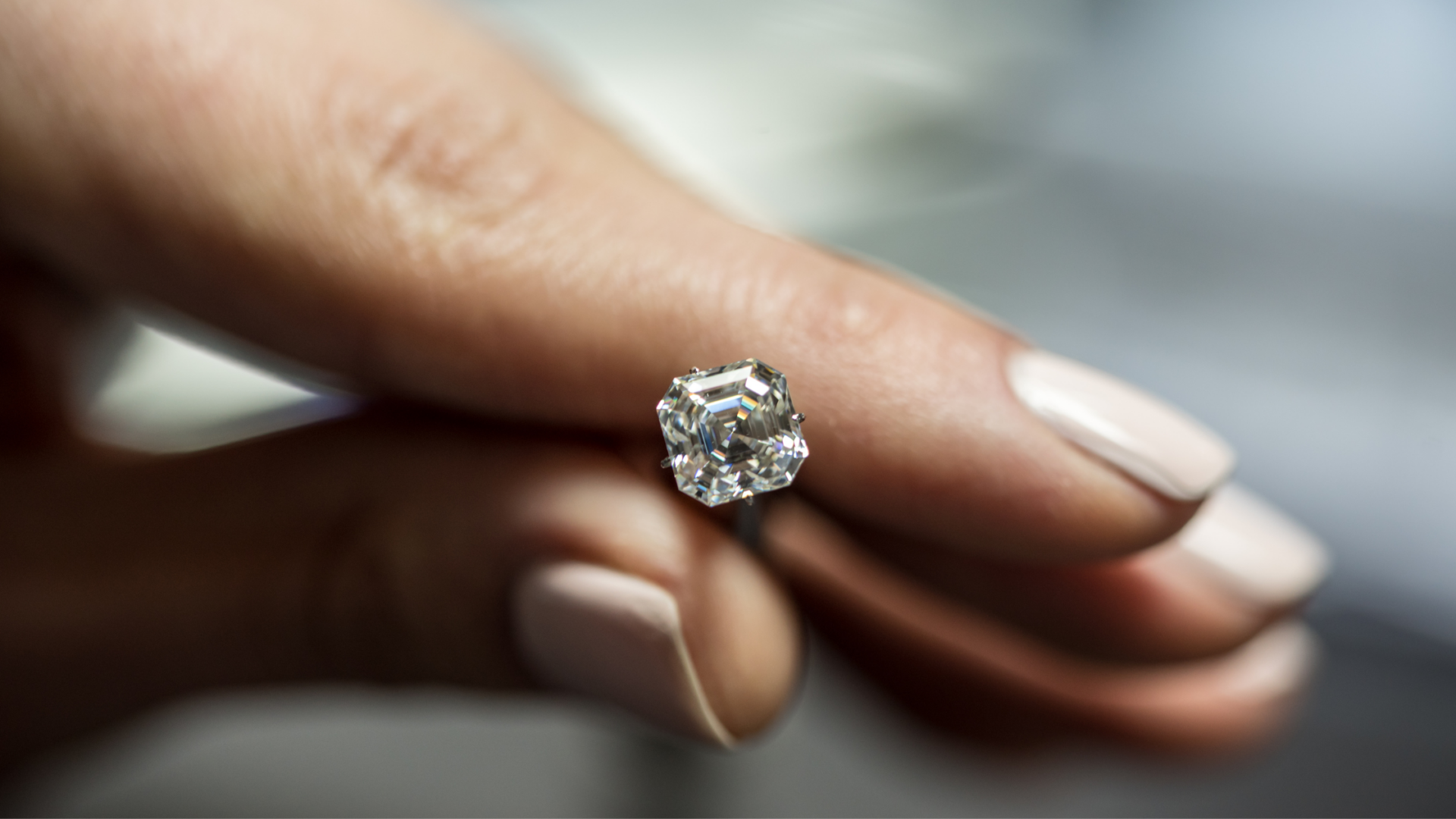Before I got my engagement ring I thought HPHT seemed like the no brainer way to go. It seemed like most of the online comments talked about the hazards of brown CVD and dead give away types of inclusions (from a loupe standpoint?).
But since getting the diamond, I feel like I am suspicious of most hphts having blue nuance and blue as a dead giveaway for a lab diamond. (please correct me if I’m wrong here, as I did read about fluorescence in natural diamonds)
I look at the diamond and sometimes think it’s almost -too sparkly- to be a natural diamond thus dead giveaway for non mined diamond. Because of this I asked a jeweler to test the diamond, and it tested “moissonite”. After that experience I found out that hpht diamonds due to boron inclusions can have electrical conductivity. I also found out that CVD is inert and therefore will likely test like a diamond (no electrical conductivity) unlike hpht.
All of this “new news” to me makes me question if hpht is the way to go? Cvd does have brown and yellow tinges, other inclusions to impede brilliance but could you argue it looks more like a mined diamond this way? Looks like it.. tests like it.. vs hpht blue w/a non diamond test.
Essentially I know I’m hung up on lab vs mined but I cannot justify the fiancé switching lab to mined so it’s not a choice. I’m essentially proud to pick lab but contingent on it looking like mined.
Changing the diamond sounds like a lot of work and therefore I post here to gain insight and maybe to change my outlook about hpht to make peace. After all what makes most sense is to keep whatever my fiancé chooses for me because that would be most meaningful.
I picked lab on the premise that it looked and tested as a natural diamond.
When you picked your lab diamond, was it to get the best sparkle you could get? or was it to fit into the mold of the diamond engagement generation? Either which way, which did you pick? Hpht? Or CVD?
But since getting the diamond, I feel like I am suspicious of most hphts having blue nuance and blue as a dead giveaway for a lab diamond. (please correct me if I’m wrong here, as I did read about fluorescence in natural diamonds)
I look at the diamond and sometimes think it’s almost -too sparkly- to be a natural diamond thus dead giveaway for non mined diamond. Because of this I asked a jeweler to test the diamond, and it tested “moissonite”. After that experience I found out that hpht diamonds due to boron inclusions can have electrical conductivity. I also found out that CVD is inert and therefore will likely test like a diamond (no electrical conductivity) unlike hpht.
All of this “new news” to me makes me question if hpht is the way to go? Cvd does have brown and yellow tinges, other inclusions to impede brilliance but could you argue it looks more like a mined diamond this way? Looks like it.. tests like it.. vs hpht blue w/a non diamond test.
Essentially I know I’m hung up on lab vs mined but I cannot justify the fiancé switching lab to mined so it’s not a choice. I’m essentially proud to pick lab but contingent on it looking like mined.
Changing the diamond sounds like a lot of work and therefore I post here to gain insight and maybe to change my outlook about hpht to make peace. After all what makes most sense is to keep whatever my fiancé chooses for me because that would be most meaningful.
I picked lab on the premise that it looked and tested as a natural diamond.
When you picked your lab diamond, was it to get the best sparkle you could get? or was it to fit into the mold of the diamond engagement generation? Either which way, which did you pick? Hpht? Or CVD?






300x240.png)